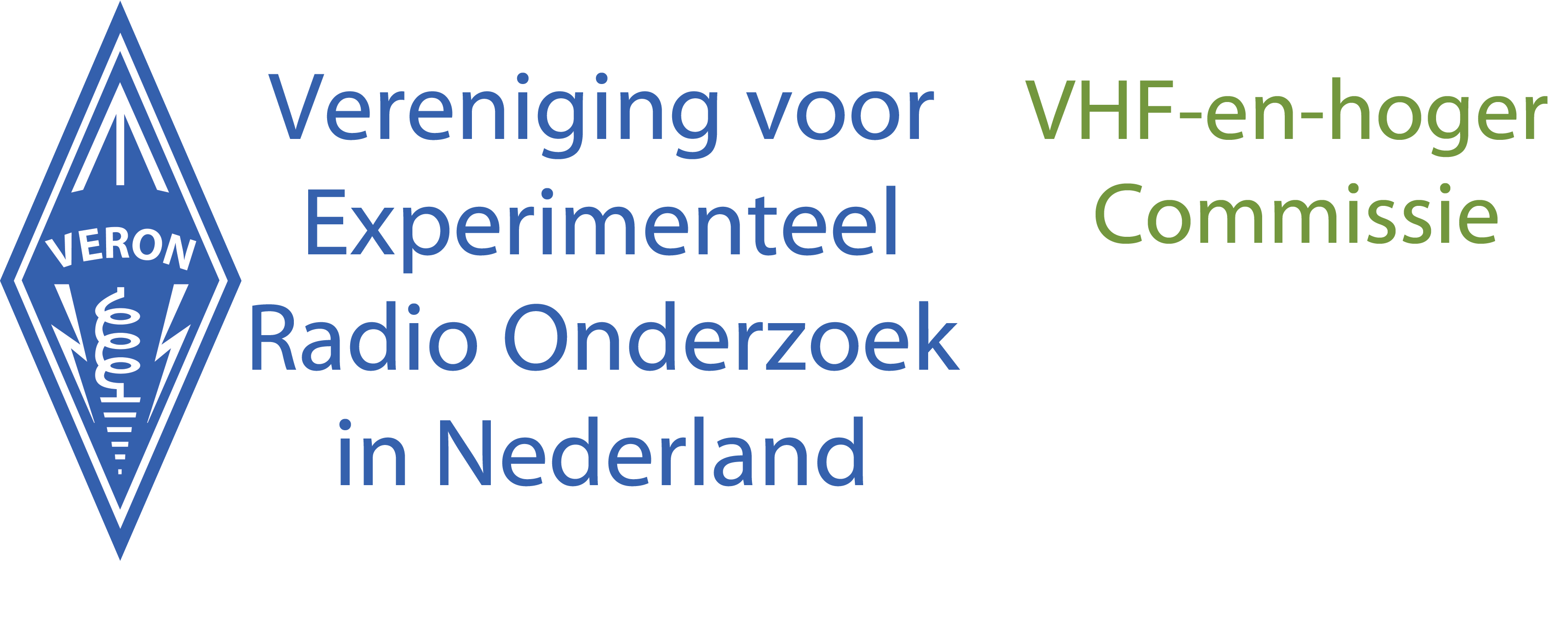ARISS school contact met Spanje op dinsdag 16 juni om 14:25
Op dinsdag 16 juni om 12:45 UTC is een schoolcontact met Chris Cassidy, KF5KDR, gepland. Studenten van de I.E.S. Pedro de Valdivia school in Villanueva de la Serena in Spanje gaan vragen stellen aan Chris Cassidy in het Internationale Ruimtestation ISS. Het downlink signaal van ISS op 145,800 MHz (FM) moet in een groot deel van west Europa goed te ontvangen zijn. Het ARISS grondstation ON4ISS, dat de uplink voor deze telebridge verbinding verzorgt is gelegen in Belgie.
Hieronder volgt een korte beschrijving van de school en de vragen die door de scholieren gesteld gaan worden.
73’s
Bertus
PE1KEH
========================================
School Information:
The Instituto de Enseñanza Secundaria “Pedro de Valdivia” understands that the formation of its students must have an integral character: it puts special emphasis on language teaching, which gives them access to other documents, cultures and realities to which they can open their minds; and at the same time it gives special importance to science and technology, which will give them tools to integrate into a rapidly evolving and changing world. All this is based on the need to pay attention to the diversity of abilities and interests of these young people who are the ones who give meaning to our work.
In the last four years we have been developing the IESPV-Space project for communication with the International Space Station (ISS) and other satellites, with students whose interests go beyond what is included in the curriculum. With them, we have studied and observed the pass of the ISS, participated in NASA’s EarthKam program of photography from the ISS, built communication equipment with which we have contacted the ISS in different ways (reception of ARISS contacts, SSTV images, APRS data) and now thanks to the ARISS program we will contact an astronaut on board the ISS.
Students First Names & Questions:
1. Paula: Due to Covid-19 we have to stay at home. Do you have any advice for us?
2. Jesús: Do you think that the Astrobee robot is the beginning of a new generation of robots that would work in the ISS?
3. Iván: Does weightlessness affect your thinking?
4. Antonio: How do you keep fit if you are at zero gravity?
5. David: What do you do to entertain yourselves in the ISS?
6. Paola: After living in space, have you gained a new perspective on life and our everyday problems?
7. Carlos: Did you feel sick while you were in the rocket?
8. José Manuel: What inspired you the most to become an astronaut?
9. Elisa: What is the basis for your diet?
10. Carlos: What would happen if you cried in space? How would tears react?
11. Luis: Is your space suit comfortable?
——————————————————-
About ARISS:
Amateur Radio on the International Space Station (ARISS) is a cooperative venture of international amateur radio societies and the space agencies that support the International Space Station (ISS). In the United States, sponsors are the Radio Amateur Satellite Corporation(AMSAT), the American Radio Relay League (ARRL), the ISS National National Aeronautics and Space Administration (NASA).
The primary goal of ARISS is to promote exploration of science, technology, engineering, the arts and mathematics by organizing scheduled contacts via amateur radio between crew members aboard the ISS and students. Before and during these radio contacts, students, educators, parents, and communities learn about space, space technologies, and amateur radio. For more information, see www.ariss.org.



